
Rapid Change of Climate Did Not Cause the Fall of the Akkadian Empire
june 2022 | Vol. 10.6
By Arkadiusz Sołtysiak
A recent issue of Antiquity published a paper presenting results of biochemical analyses of human bones from a few sites situated in north-eastern Syria. It showed on this basis that in the 22nd century BCE, when the Akkadian Empire was declining, there was no change in the local economy which could be a response to a long-term drought, and even if there was a temporary climate change, the local human societies survived it in a good condition.
Although the climate was much more stable over the last ten thousand years than during previous glaciations, there were a few periods of warming or cooling lasting a few centuries in this more recent epoch, when precipitation in the Near East became less predictable. One of such periods was dated to approx. 4260-3970 BP, and its beginning coincided with the fall of the Old Kingdom in Egypt and fall of the Akkadian Empire in Mesopotamia. This led some archaeologists to advance a theory that a change of climate caused a rapid economic crisis in both regions.
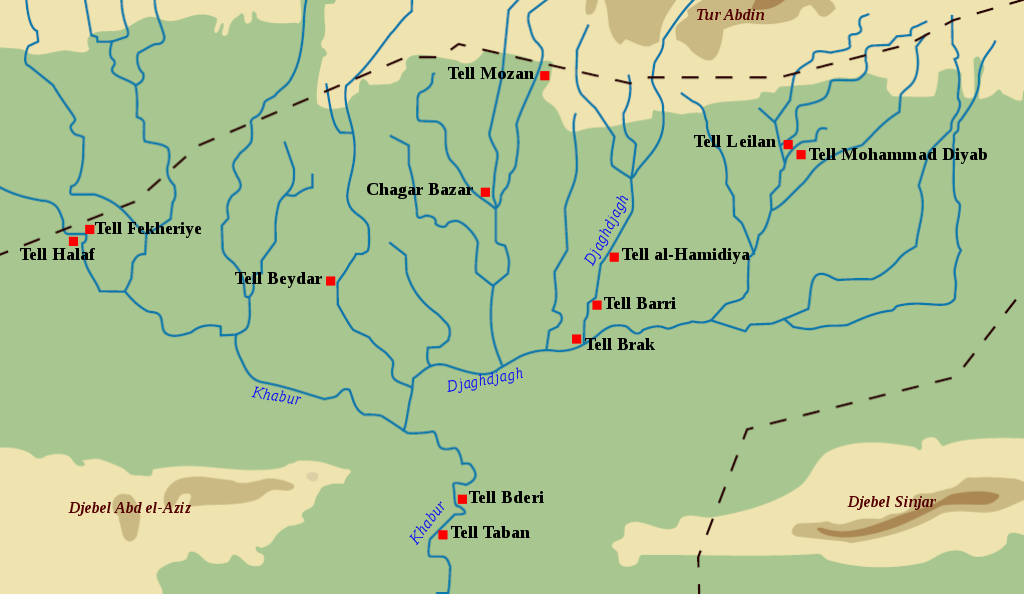
Map of the Khabur triangle showing the location of sites mentioned in the texts. By Zunkir, CC-BY-SA 4.0.
Volcanic eruption?
Nearly thirty years ago the archaeologist Harvey Weiss and geologist Marie-Agnès Courty detected a layer of volcanic sediment at the site of Tell Leilan. The sediment was dated to the initial phase of the abandonment period that lasted for a few centuries, between approx. 2200 and 1900 BCE. Their paper published in Science in 1993, depicted a scenario according to which the whole Mesopotamia was suddenly abandoned in 23rd century BCE as a result of climate disaster generated by a volcanic eruption and re-populated only in the early 2nd millennium BCE. This was proposed as a direct cause of the fall of the Akkadian Empire.
Some sites were abandoned at roughly the same time, and at Nagar (modern site of Tell Brak), which was a regional administrative centre of the Akkadian state, archaeologists discovered evidence for an intentional and systematic abandonment of the site: one of the temples was ritually closed and filled with clean sand. However, the hypothesis advocated by Weiss and Courty was soon criticized by other archaeologists who conducted research in this region. They indicated that while some places were indeed abandoned and the settlement network was modified to a certain extent, life continued without noticeable disturbance, and even if the local population size decreased, this decrease was not so dramatic as to suggest depopulation of the whole region.
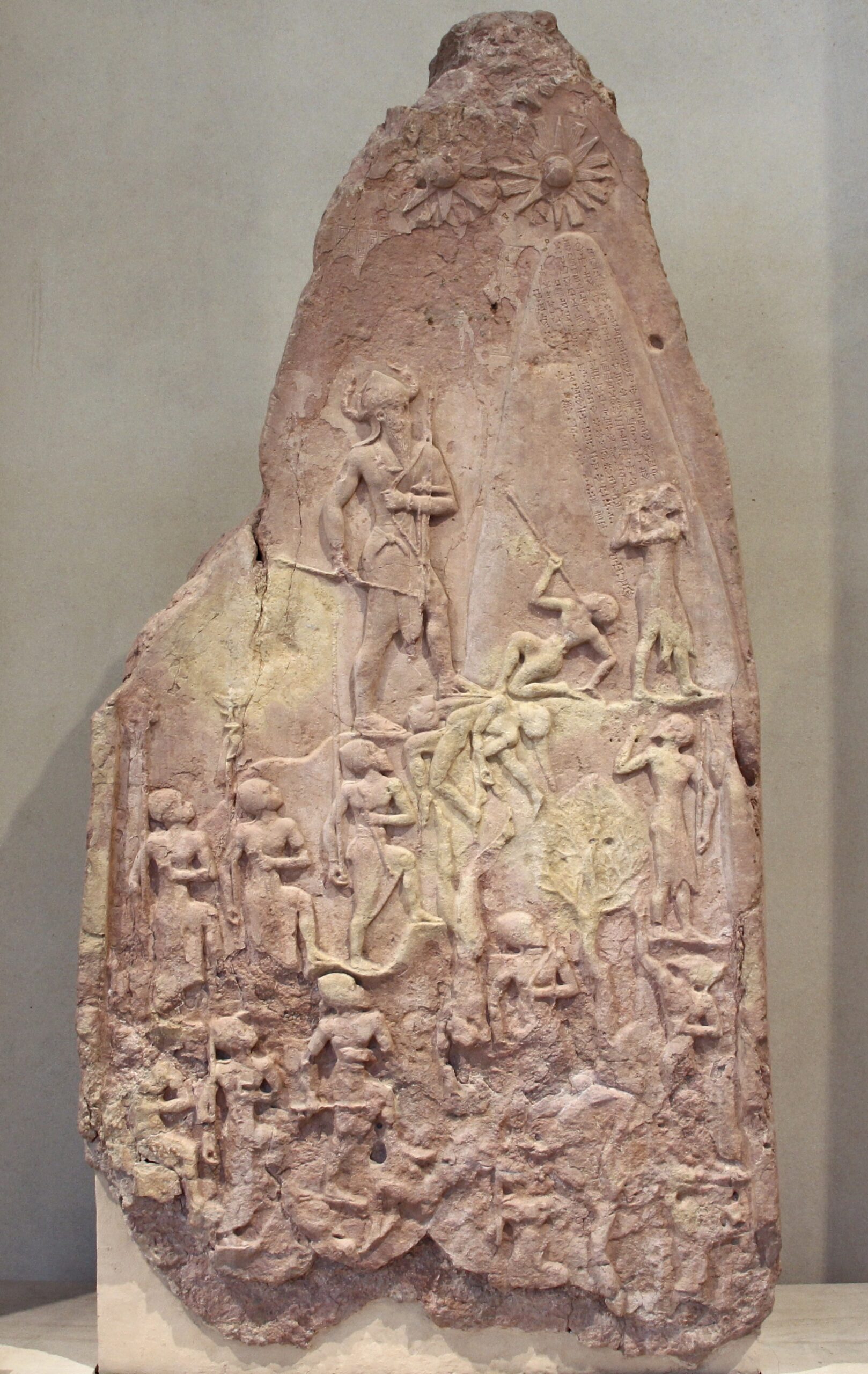
Stele commemorating a defeat of mountain tribes by Naram-Sin, the king of the Akkadian Empire in 2254-2218 BC. © F. Romero, France–Paris–Musée du Louvre, published under CC-BY-2.0, via Wikimedia Commons
…or perhaps a meteorite?
A few years later the hypothesis of the climate change due to volcanic eruption was abandoned, mainly because the volcanoes known in the area were not active at that time. Apart from that, observations of modern eruptions indicate that volcanoes can influence the climate significantly, but this influence is always short-lived, and would rather not lead to a break in settlement activity for three centuries. Courty stated in 1990s that a drastic drying of the climate might have ensued as a consequence of a big meteorite hitting the ground in the area, and the crater at Umm al-Binni situated among the marshes of southern Mesopotamia might be the potential trace of its impact. Nevertheless, it was just a speculation, not supported with any research of the feature located in this challenging area, inaccessible due to a difficult political situation in Iraq. On the other hand, Weiss focussed on collecting environmental data supporting the hypothesis of a rapid regional change of climate as well as on establishing a more precise chronology of the period when the site of Tell Leilan was abandoned.
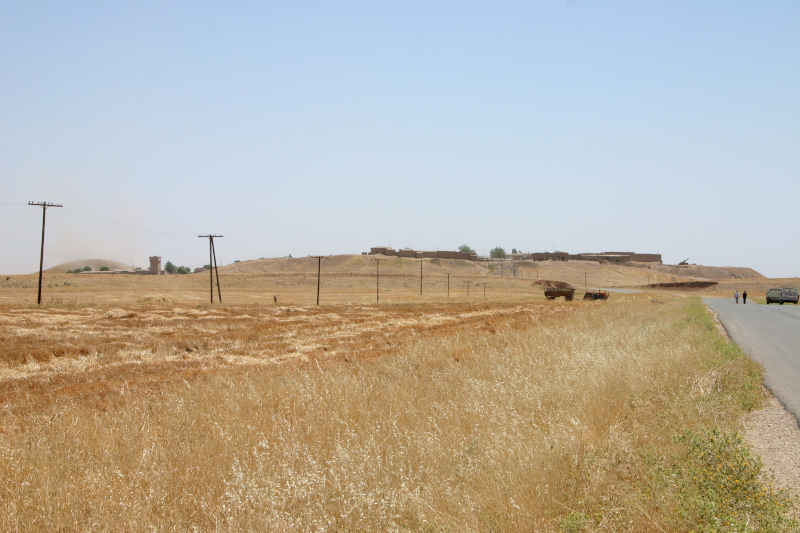
Site of Tell Leilan. ©Zoeperkoe, published under CC BY-SA 3.0, via Wikimedia Commons
Absence of evidence for depopulation…
During the two decades between the war in the Persian Gulf (1991) and the civil war in Syria (2011) most archaeologists researching Mesopotamia moved their missions to north-eastern Syria, which was politically more stable than Iraq. As a result, our knowledge regarding this region dramatically increased and it soon turned out that the fact that Tell Leilan was abandoned was rather an exception than a rule, and that in the period when, according to Weiss, this area was completely depopulated, many towns and cities (including Tell Arbid, explored by Polish missions from the University of Warsaw and Adam Mickiewicz University in Poznań) functioned quite well. Neither archaeobotanical nor archaeozoological data suggested a rapid change in economy induced by climate change, but just the opposite – some of them indicated that in that period Mesopotamia was watered better than in the preceding time.
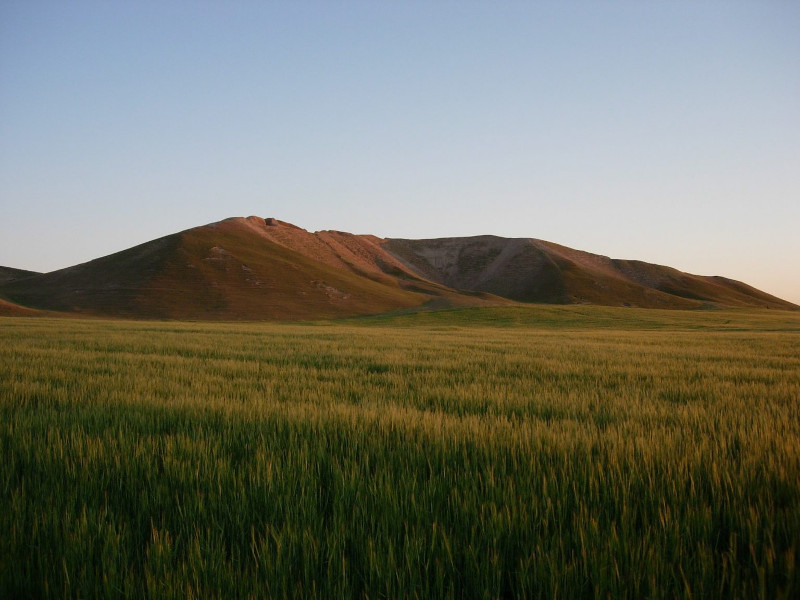
Cultivated fields at the foot of the site of Tell Brak, photo taken in 2007. A.Sołtysiak published under CC BY-NC-SA.
…and for economic crisis
While the hypothesis of a total depopulation of northern Mesopotamia as a result of a rapid climate change was disproved, there were still some arguments suggesting an economic crisis in the century after the fall of the Akkadian Empire. It was a time of raids by mountain peoples (Guteans, Lullubi, Hurrians), when potentially the role of pastoral economy might have risen at the expense of farming, the latter being more risky in the unstable socio-political environment.
Fortunately, the last few decades brought development of biochemical research methods that make it possible to answer the question whether the decline of the Akkadian Empire was connected with an economic crisis. Human and animal remains unearthed by archaeologists often contain collagen residues. This protein is one of the two main components of bone tissue and dentin. Analysis of proportions between the stable isotopes of carbon and nitrogen in collagen helps to reconstruct the diet, and in this way contributes to the identification of the economy in different societies. Reduced availability of water (e.g., resulting from a long-term drought) leads to an increase in the proportion of the heavier isotopes of both elements, and this effect might further be strengthened by a higher share of animal products in the diet.

Farming fields around the site of Tell Barri, photo taken in autumn 2005. A. Sołtysiak, published under CC BY-NC-SA.
The Antiquity article is a comprehensive study of the proportions of carbon and nitrogen isotopes in bones and teeth of inhabitants of three sites in northern Mesopotamia: Tell Brak, Tell Barri and Tell Arbid. These sites were occupied in the 3rd and 2nd millennia BCE and, as a consequence, it was possible to compare isotope data from the time preceding the fall of the Akkadian Empire, from the period of the supposed crisis, as well as the first half of the 2nd millennium, when according to historical sources, Mesopotamia was divided into a few quite prosperous Semitic and Hurrian states.
The results are conclusive: while it is possible to detect minor differences between the sites, possibly resulting from their hierarchy (Tell Brak was the state capital at that time, Tell Arbid was a more peripheral town), no significant time trends have been identified. Therefore, it turns out that the economy of this region was quite stable despite the political and social disturbances reported in written sources. It was also stable during the three centuries of a global climate change, which not only was not dramatic enough to cause depopulation of the whole region, but it even did not cause major changes in regional economies. Local societies managed the crisis associated with the fall of the Akkadian Empire very well, and the crisis was more of political than economic nature, at least in northern Mesopotamia.
Arkadiusz Sołtysiak is a reader in archaeology at the University of Warsaw.
How to cite this article
Sołtysiak, A. 2022. “Rapid Change of Climate Did Not Cause the Fall of the Akkadian Empire.” The Ancient Near East Today 10.6. Accessed at: https://anetoday.org/soltysiak-akkadian-fall/.
This article appeared first at ARCHEOWIEŚCI.PL and is reproduced with permission.
Want to learn more?

Processing Geospatial Data in Archaeology: Introducing LuwianSiteAtlas for Bronze Age Western Anatolia
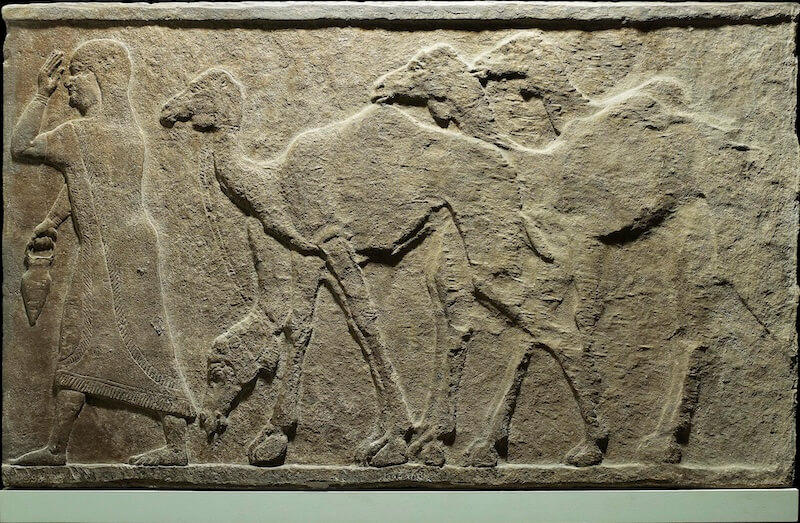
Samsi, “Queen of the Arabs”, and Her Fight Against Assyria
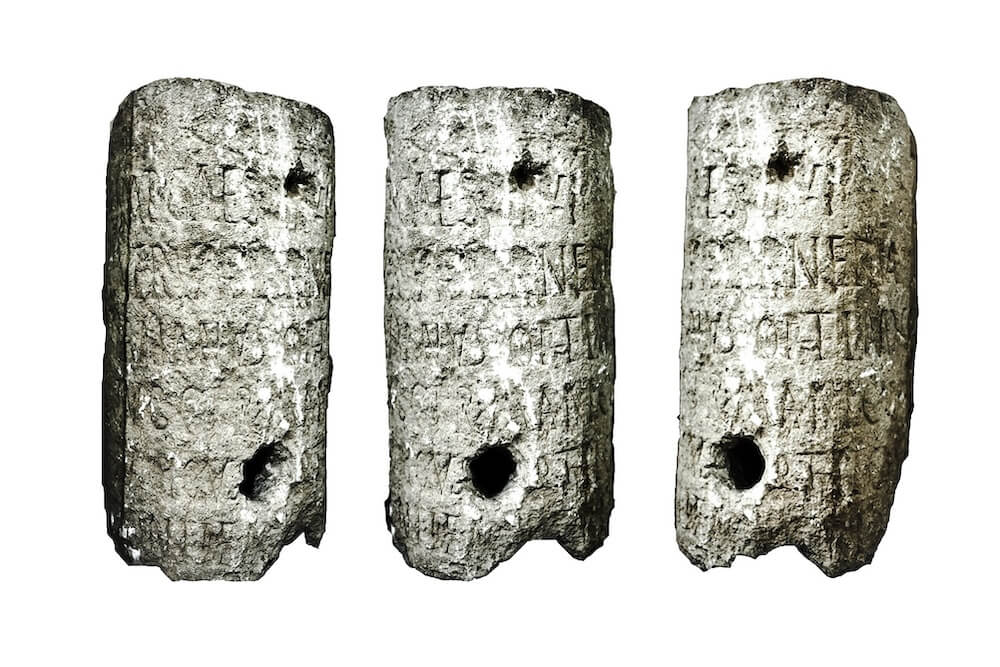
The Land at the End of the Empire: The Roman Eastern Border in Mesopotamia


Post a comment